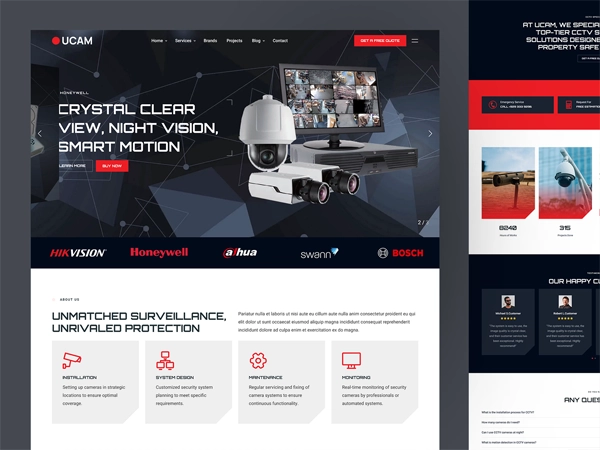
In today’s world, we are surrounded by information. Social media posts, news articles, company reports, leaked documents, satellite images—data is everywhere. But raw data on its own isn’t enough. What truly matters is the ability to transform that data into actionable intelligence—insights that drive smarter choices, reduce risks, and reveal opportunities.
This is where Open-Source Intelligence (OSINT) comes in.
The Difference Between Data, Information, and Intelligence
- Data: Raw, unprocessed facts (e.g., a Twitter post, an IP address, a leaked email).
- Information: Organized data with some context (e.g., linking that IP to suspicious activity).
- Intelligence: Analyzed information that supports decision-making (e.g., confirming that the IP is linked to a cybercrime group targeting your business).
Without analysis, data is just noise. Intelligence turns noise into knowledge.
Why Actionable Intelligence Matters
Every sector—business, law, journalism, or security—needs intelligence to:
- Anticipate risks before they happen.
- Verify information in an era of misinformation.
- Gain competitive advantage through market and competitor monitoring.
- Make informed decisions backed by evidence, not guesswork.
In short, actionable intelligence is what separates reaction from preparation.
Everyday Scenarios of Turning OSINT into Action
- Corporate Due Diligence: Before a merger, a company uses OSINT to uncover hidden lawsuits, negative press, or political ties of a potential partner.
- Cybersecurity: Analysts track phishing domains, leaked credentials, and hacker forums to prevent attacks.
- Journalism: Reporters geolocate a video using satellite imagery to verify the truth of a breaking story.
- Legal Investigations: Lawyers use OSINT to find witness information, public records, or digital footprints relevant to a case.
- Personal Safety: Individuals research online identities to avoid scams or risky relationships.
Each example shows how data becomes intelligence only when properly analyzed and applied.
The Intelligence Cycle: From Collection to Action
Turning OSINT into decisions follows a proven process known as the Intelligence Cycle:
- Planning & Direction – Define the goal. What decision needs to be made?
- Collection – Gather relevant data from open sources.
- Processing – Filter, organize, and structure the data.
- Analysis – Identify patterns, connections, and meaning.
- Dissemination – Deliver intelligence to the decision-maker.
- Action & Feedback – Adjust based on results and new requirements.
This cycle ensures intelligence is reliable, timely, and useful.
How Intelligenlancer Helps
At Intelligenlancer, we specialize in guiding clients from raw data to real decisions. Our OSINT services and solutions are designed to make intelligence accessible and practical.
🔹 Our Services & Solutions
- Business & Competitive Intelligence – Market analysis, competitor monitoring, supply chain risk assessments.
- Investigations & Legal Support – Background checks, fraud investigations, litigation intelligence.
- Cyber & Threat Intelligence – Monitoring dark web activity, phishing detection, digital risk assessments.
- Training & Consulting – Equipping teams with the skills to conduct OSINT independently.
We don’t just provide data—we deliver insight that leads to action.
Final Thoughts
In the digital era, organizations and individuals face an overload of information. The winners will be those who can separate signal from noise and act with clarity.
From data to decisions—that’s the true art of OSINT. And at Intelligenlancer, we’re here to help you master it.






